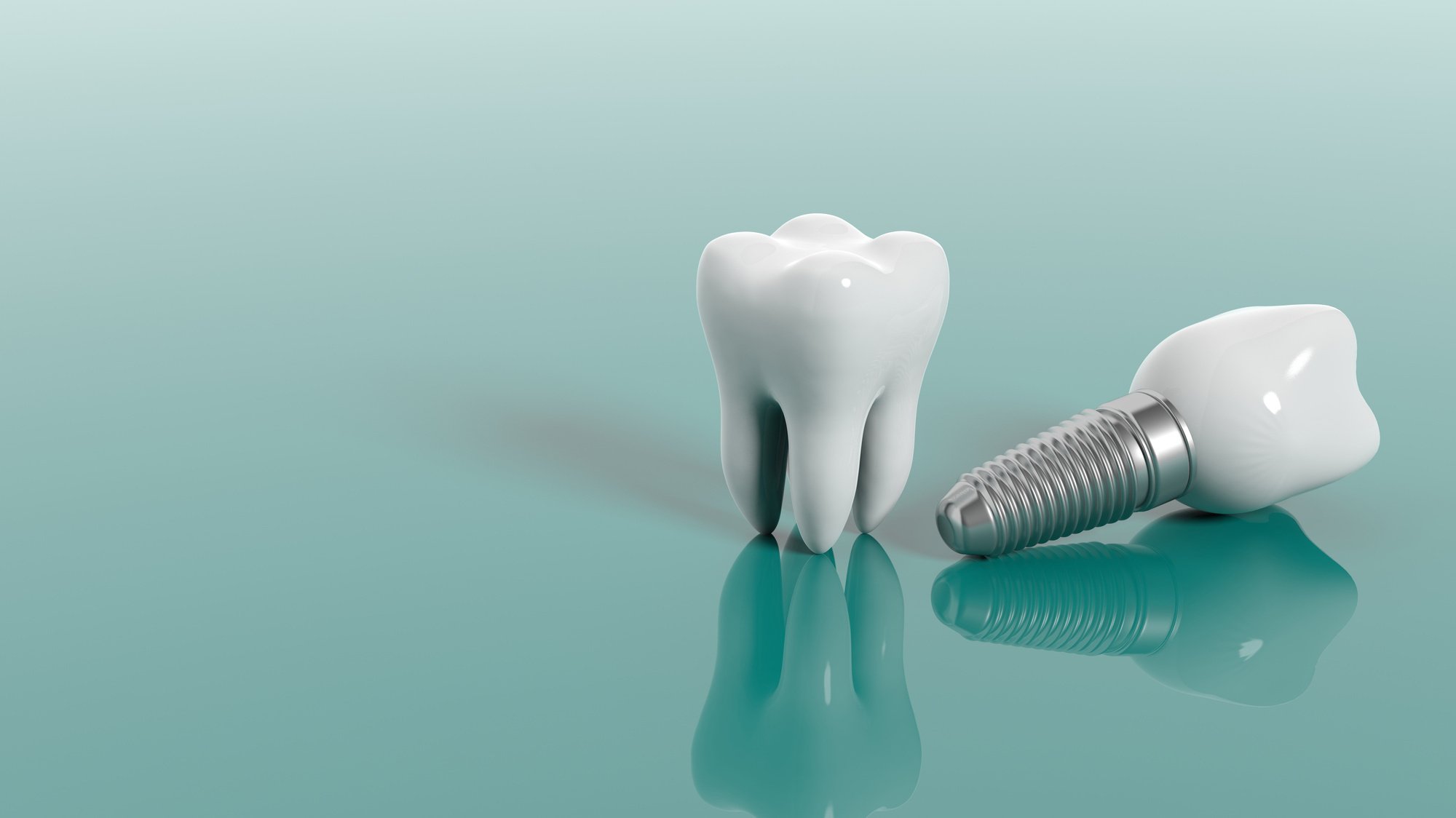Dental Implants - Replacing Missing Teeth

Dental implants are artificial components that replace one or more missing teeth with a tooth or teeth of the same or similar material. They can be used to replace single or multiple missing teeth and are used to address functional and esthetic problems associated with missing teeth. A dental implant is basically a surgical element that interfaces with an existing bone or gum tissue to serve as an anchor for a dental prosthetic, usually a denture, bridge, crown, or denture. These implants can be made of different materials and are fabricated to match the natural anatomy of the mouth. The materials and methods of implant placement have changed and evolved over time.
The most common types of dental implants used in this company today are acrylic, metal alloy, porcelain, and titanium. These metallic materials provide the healing properties and the physical properties needed to effectively integrate the new tooth into the jaw bone and into the jaw pocket. An example of a dental implant procedure is the placement of prosthetic teeth into the jaw so that there are no spaces in the mouth. This type of surgery is often associated with maxillofacial surgery.
One of the most popular dental implants used today is the titanium post, also known as a titanium screw, which is used to anchor a denture. There are three types of posts, which include the single metal post, the double metal post, and the alloy post. The single metal post is used for the most common replacement procedures, such as those that attach single crowns or bridges. The double metal post is used for dental implants that involve fusion of two crowns or bridges. Finally, the alloy post is used to fasten an implant into the natural process of jawbone. This process involves fusion of the jawbone and the titanium of the screw.
When there are not enough healthy teeth to support the implant, bone loss occurs. This can be caused by several factors. One such factor is the disease, such as cancer, spasticity, an infection, or an injury. Teeth can lose enough bone when they become discolored, deformed, or even broken. Some people experience more severe bone loss and are unable to replace their teeth after they lose them. Age can also affect the ability of the teeth to regain strength and support.
To restore strength to the teeth after they have been weakened by disease or age, dental implants can be surgically placed. Titanium screws are used to surgically place them in the jaw bone where they are needed. Since titanium is extremely strong and malleable, the screws are easily inserted and removed. The patient's jaw bone will heal around the titanium screw, while a small amount of natural tooth structure will also remain. Make sure you view here for more info on dental implants now.
If a person has had one or multiple missing teeth, a periodontist may recommend dental implants as part of a periodontal strategy to restore strength to the jaw and restore chewing function to the palate. Placing a titanium post into each tooth will help to strengthen the tooth. This process is called implantation. The replacement teeth will not need any special treatment to get fully functional; therefore, if a person is missing more teeth than are typical, they may consider dental implants to help restore function. However, before a dental implant can be recommended, a periodontist should evaluate the oral health of the patient. You can get more enlightened on this topic by reading here: https://en.wikipedia.org/wiki/Dental_surgery.
